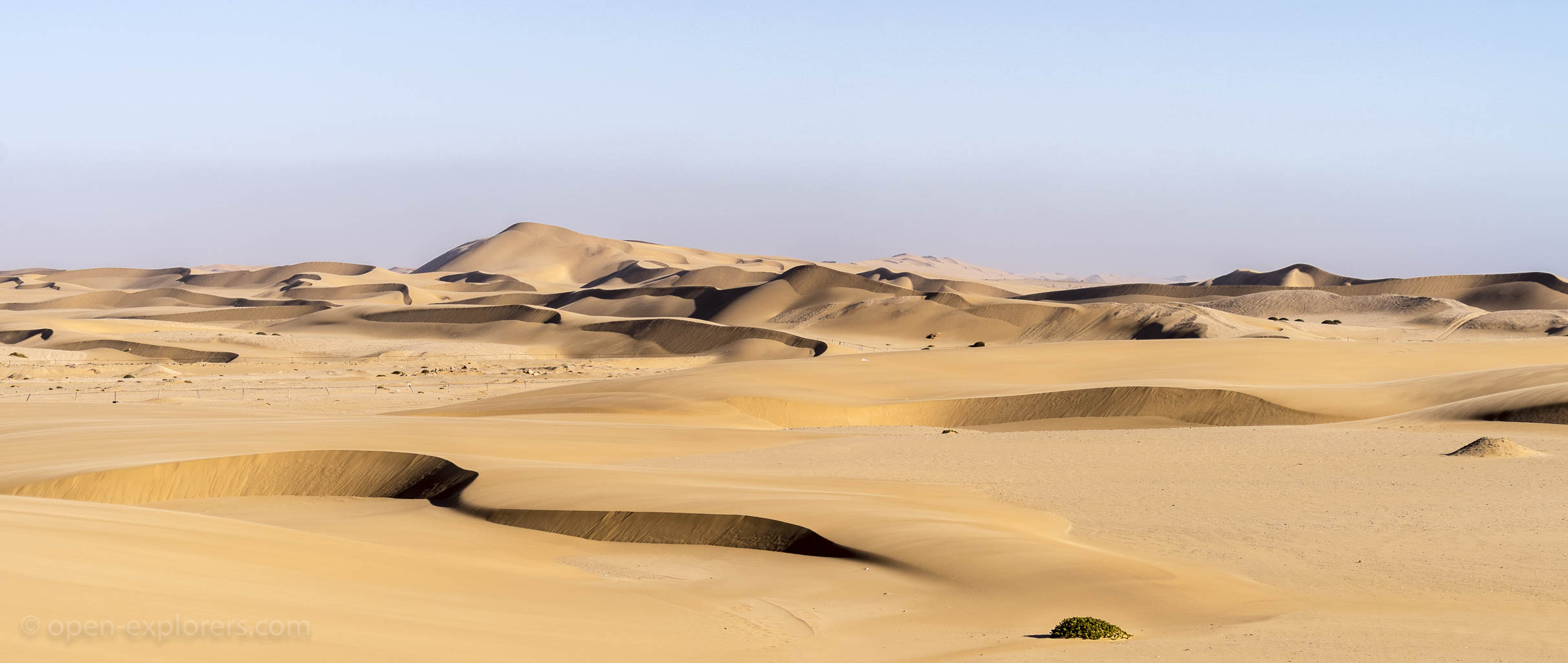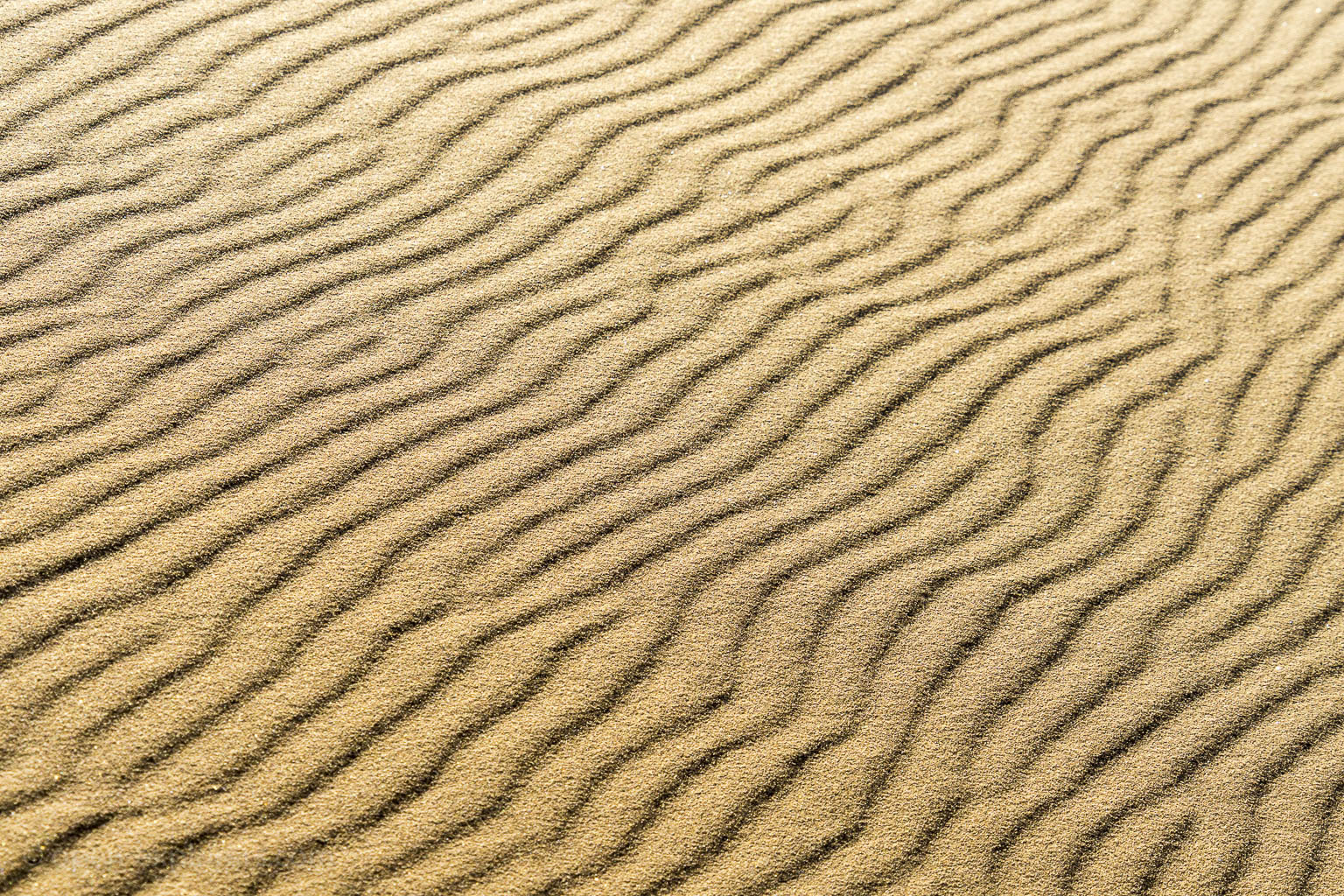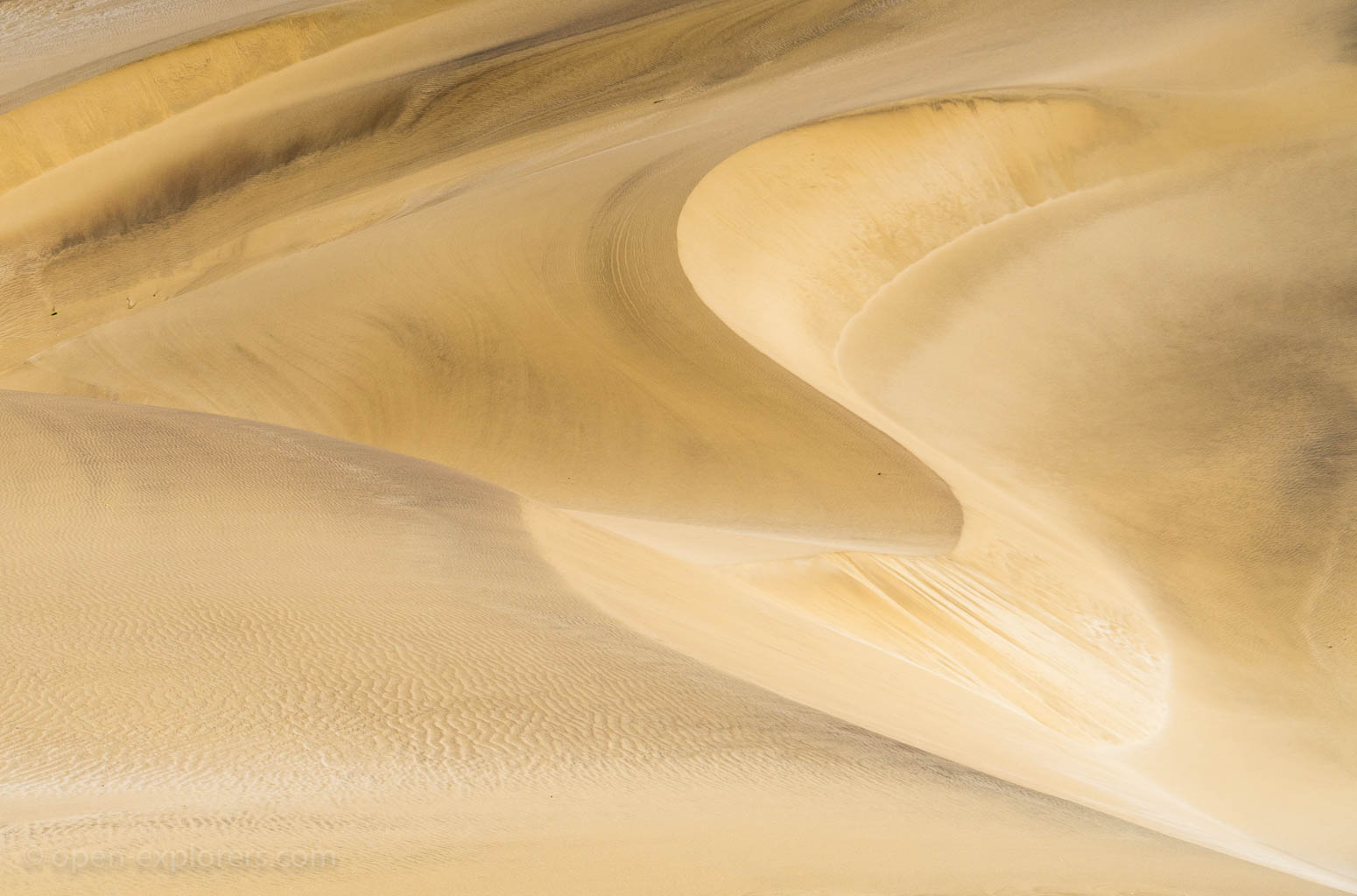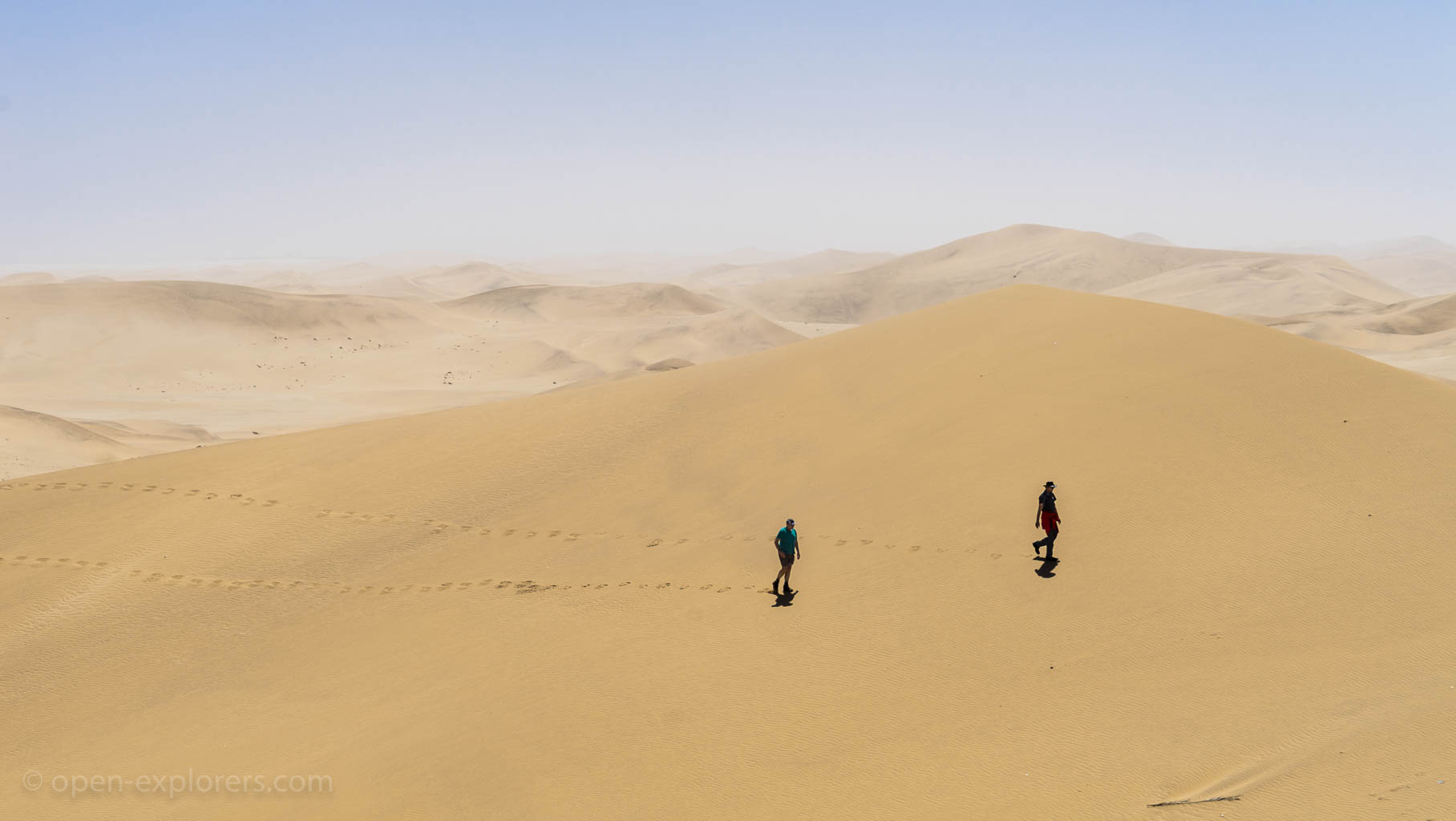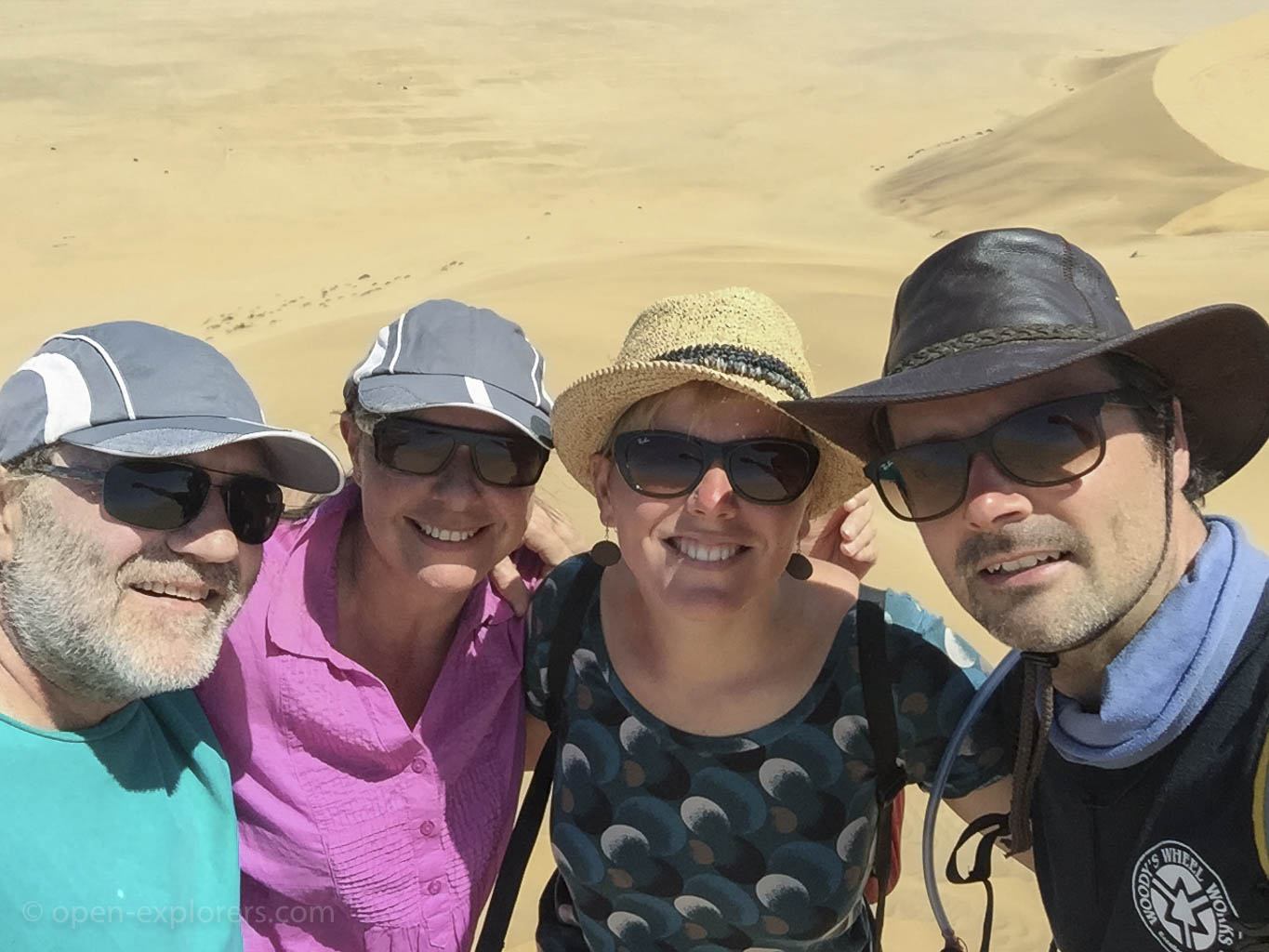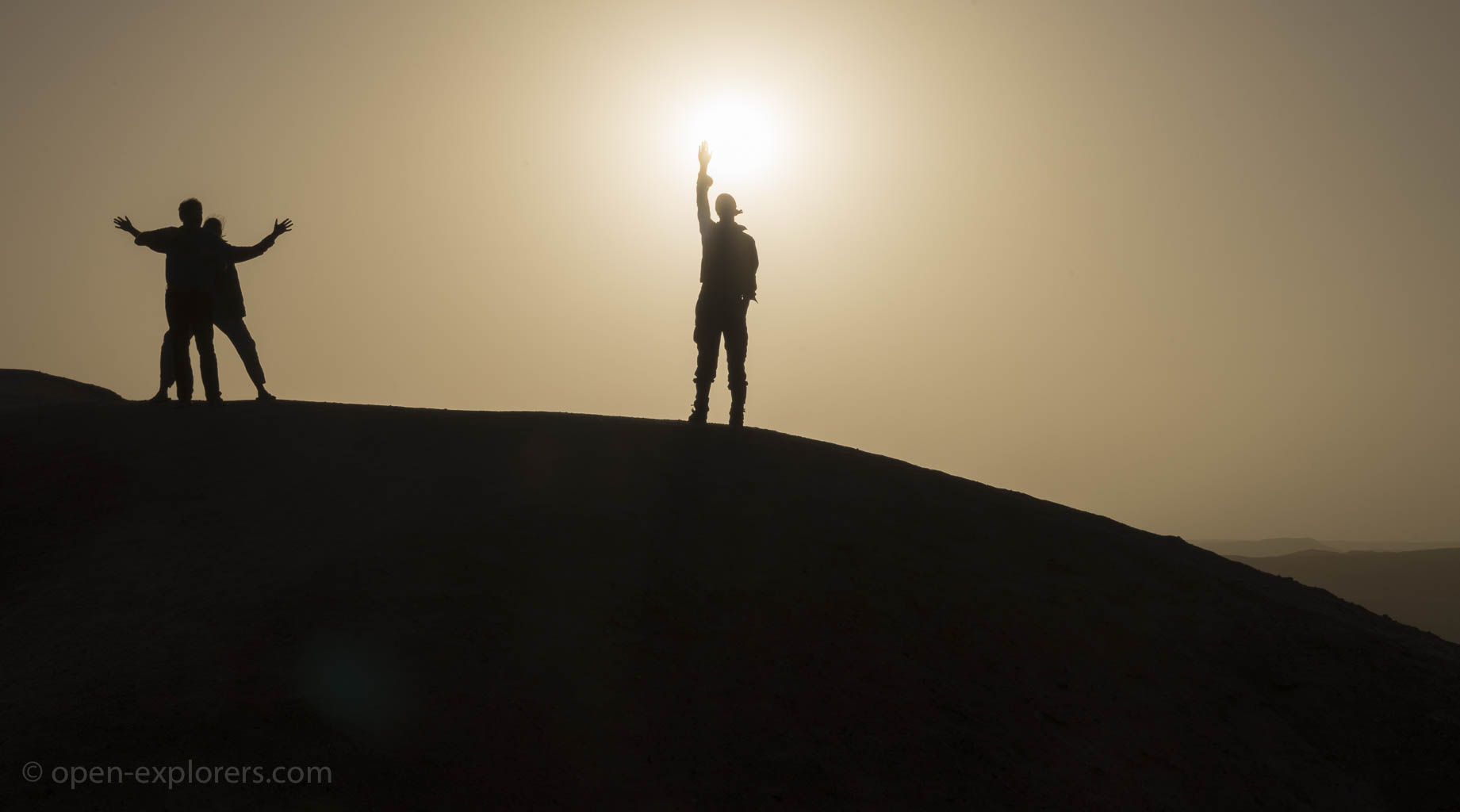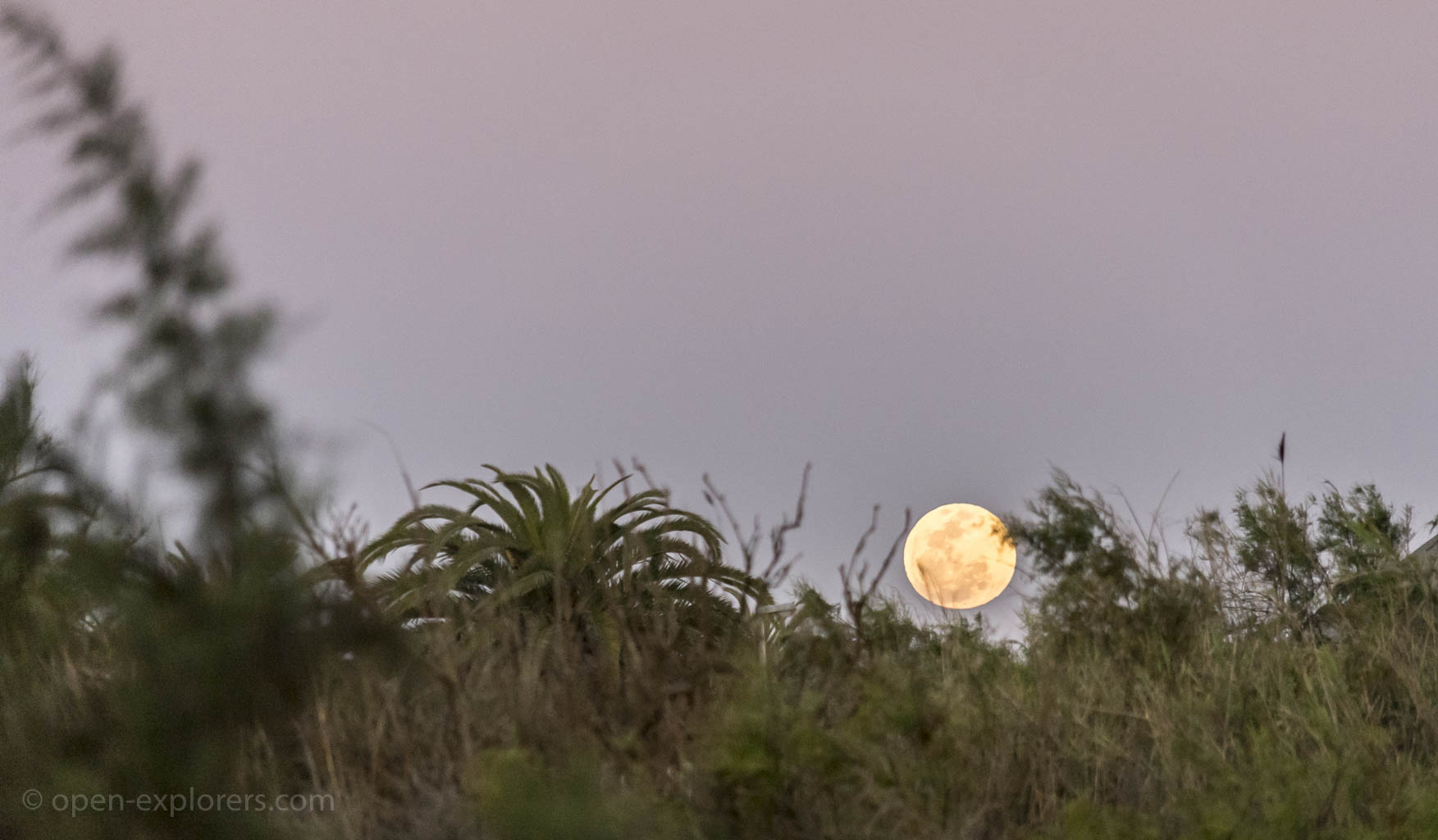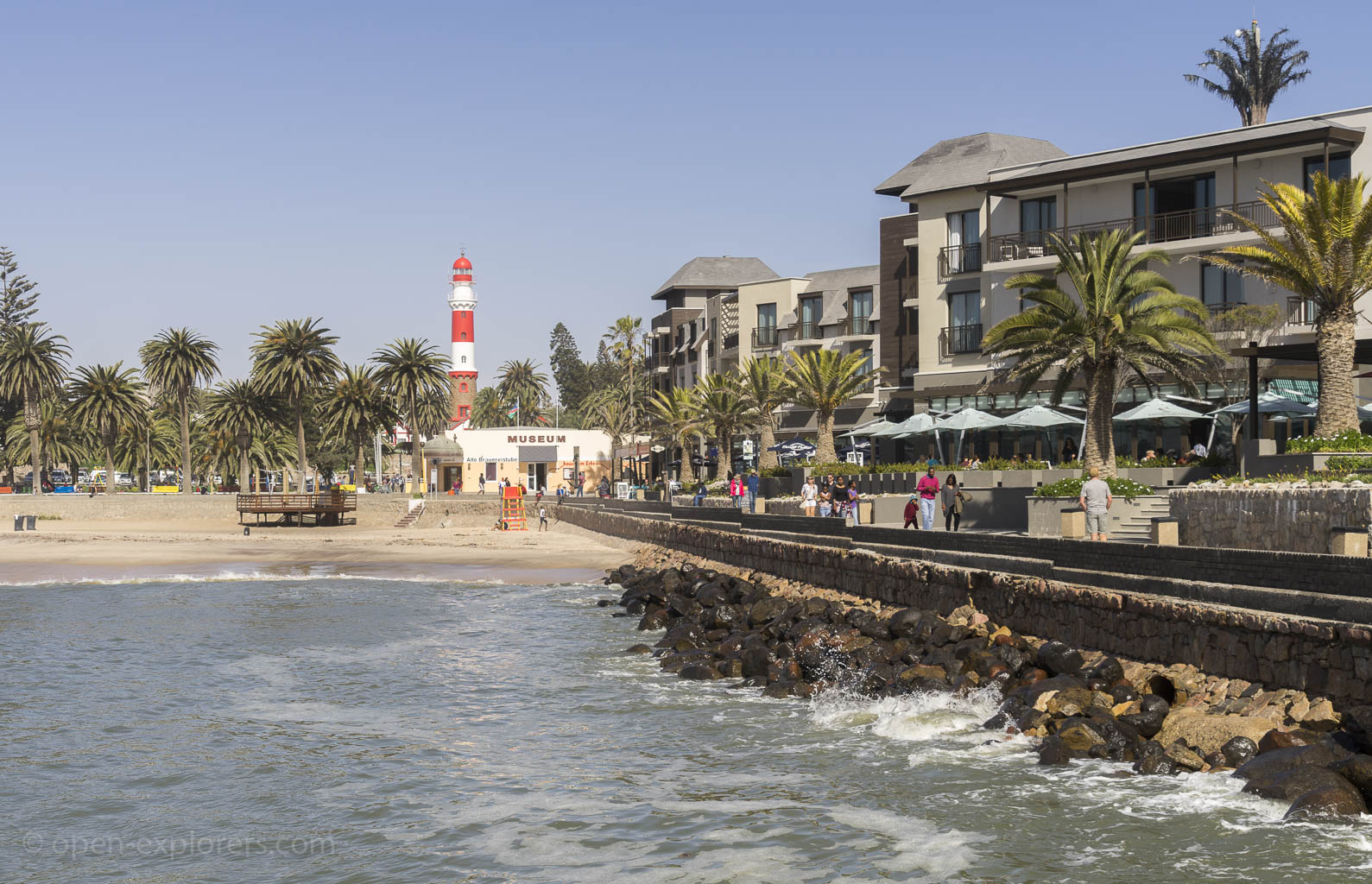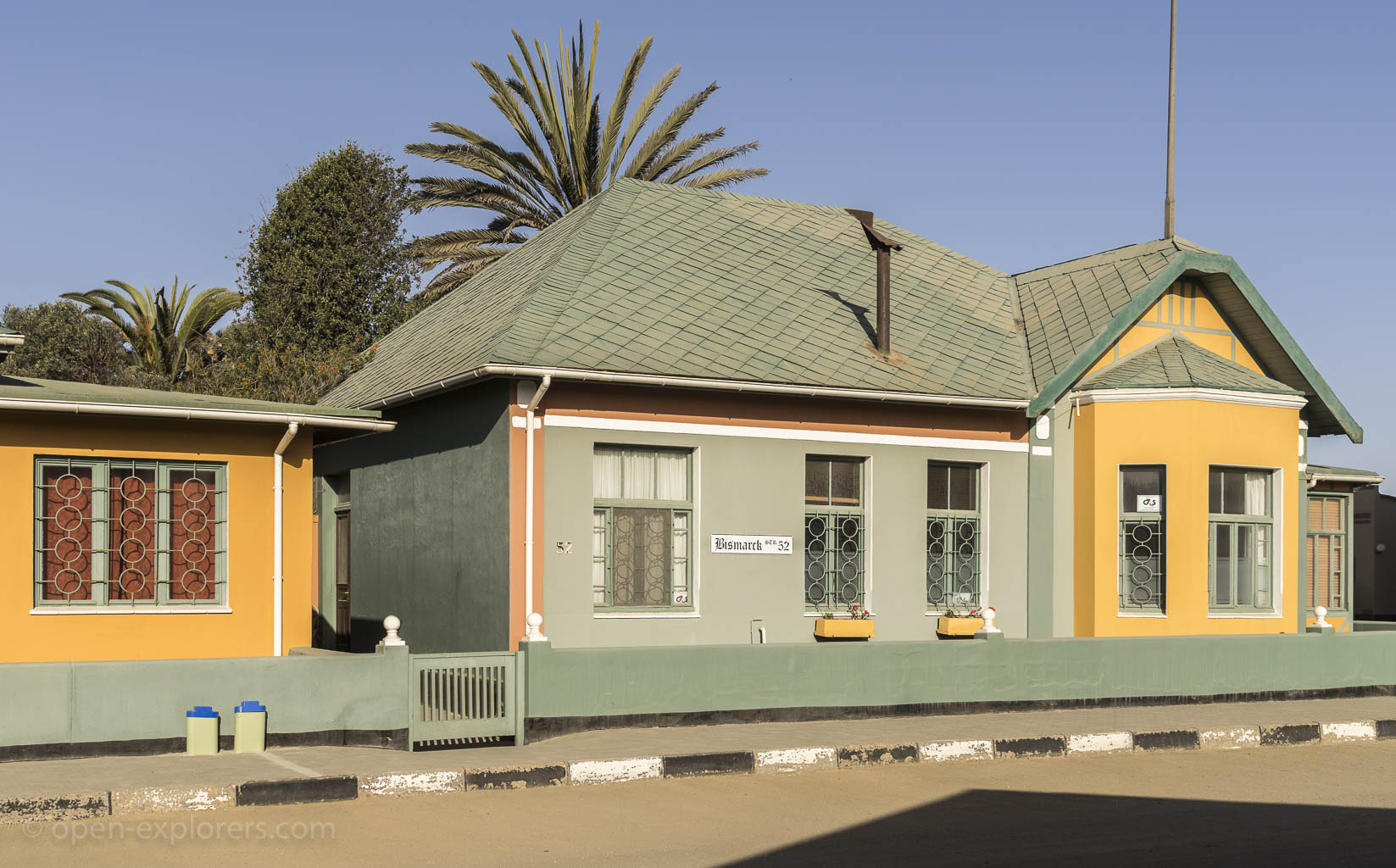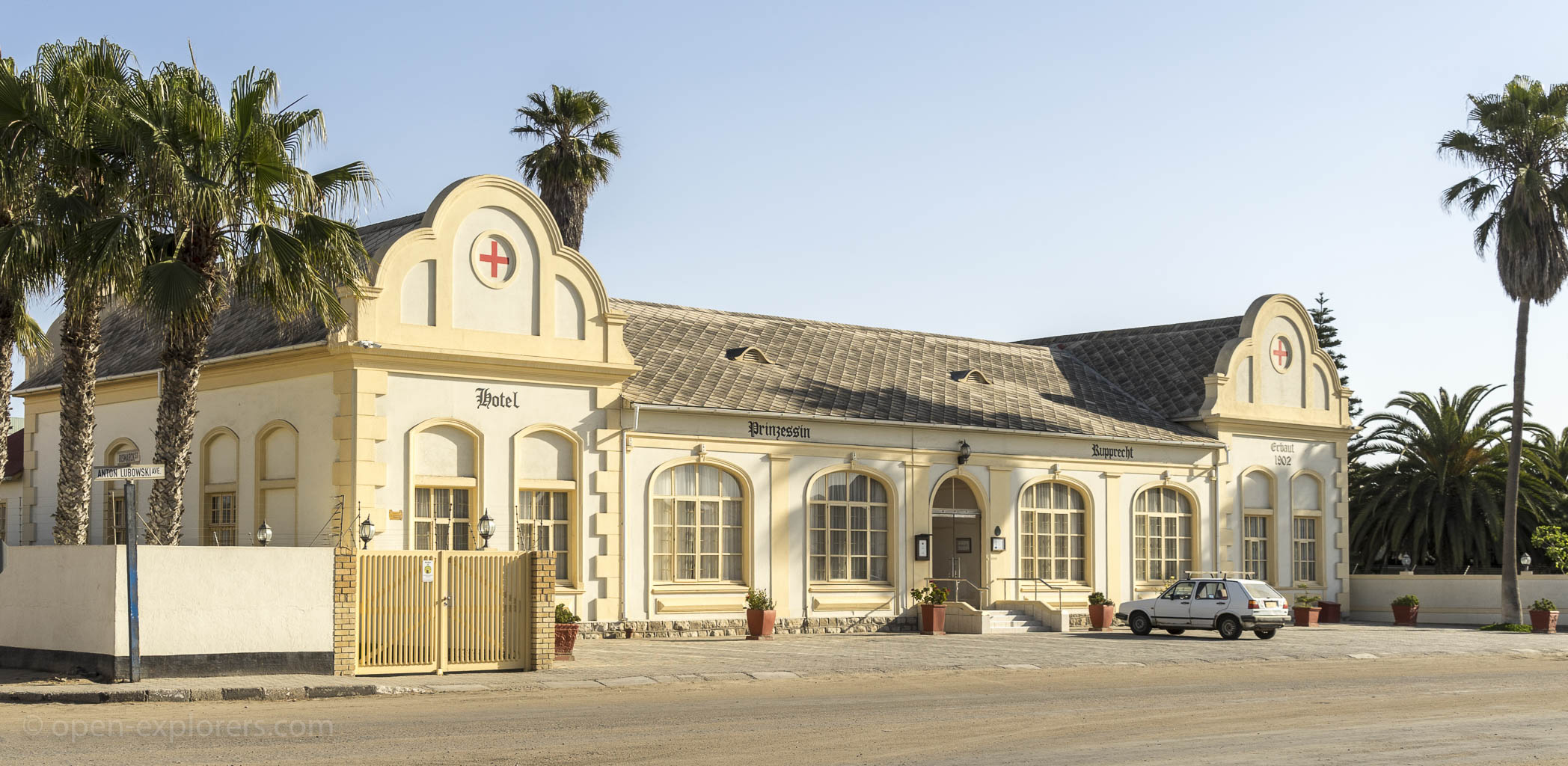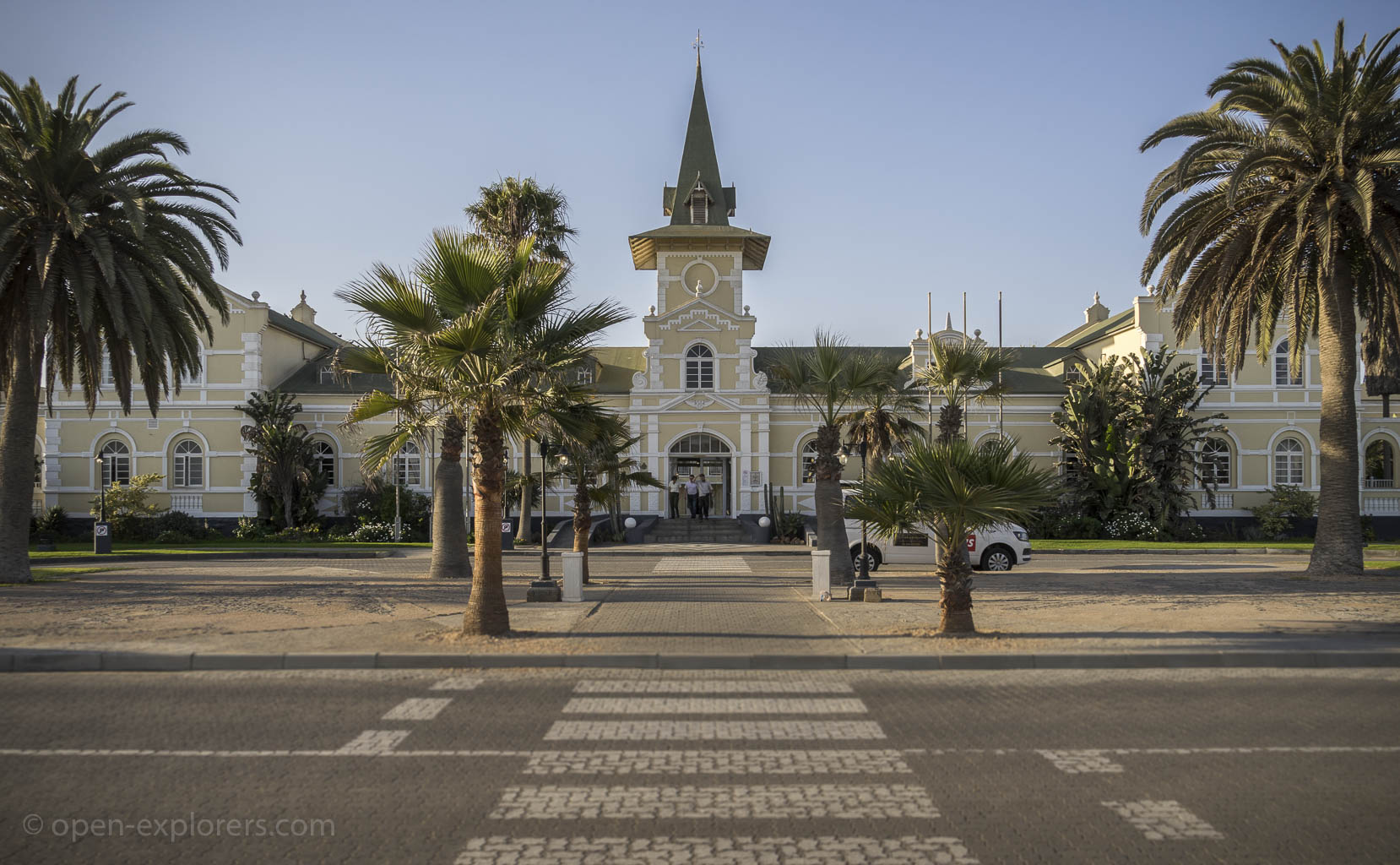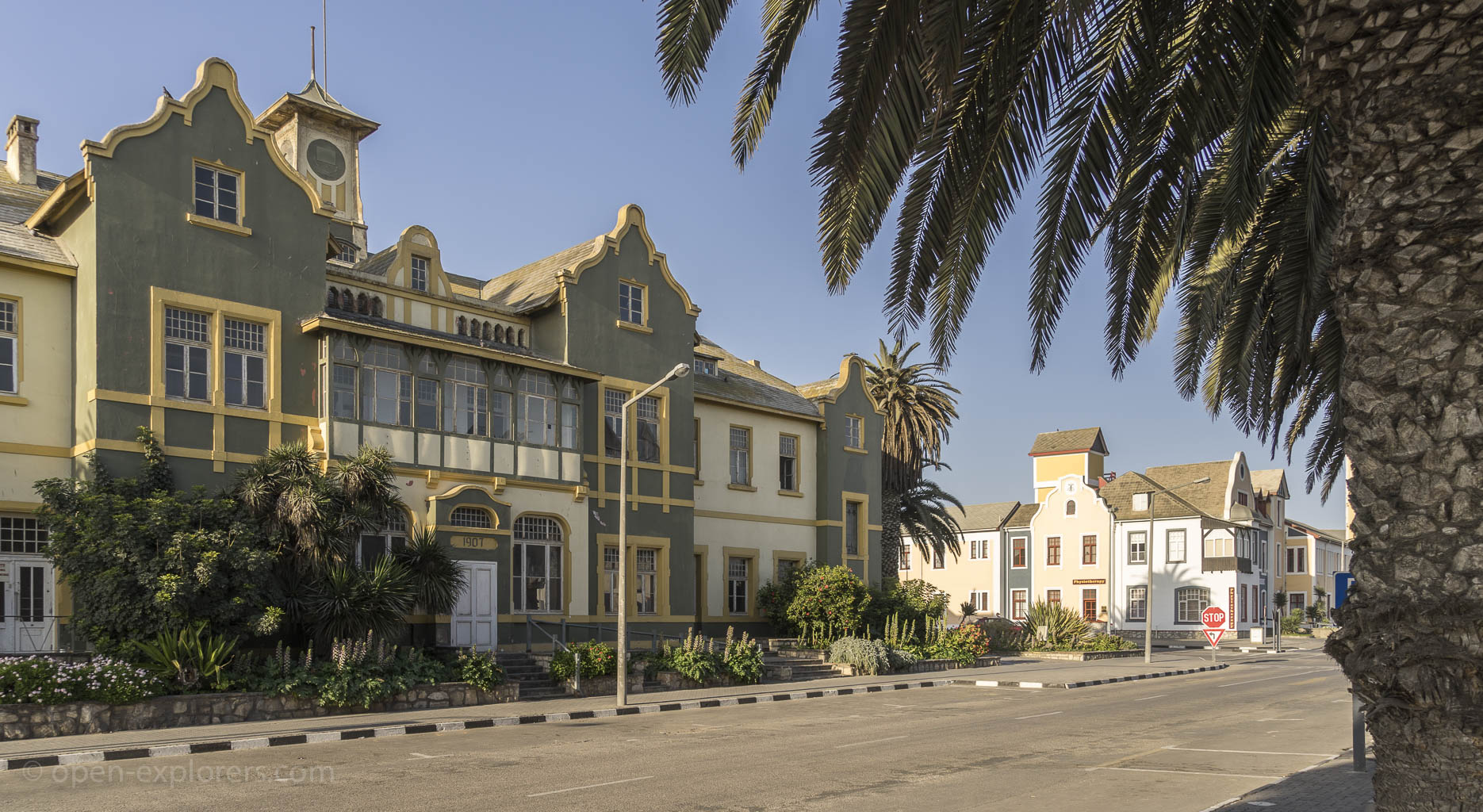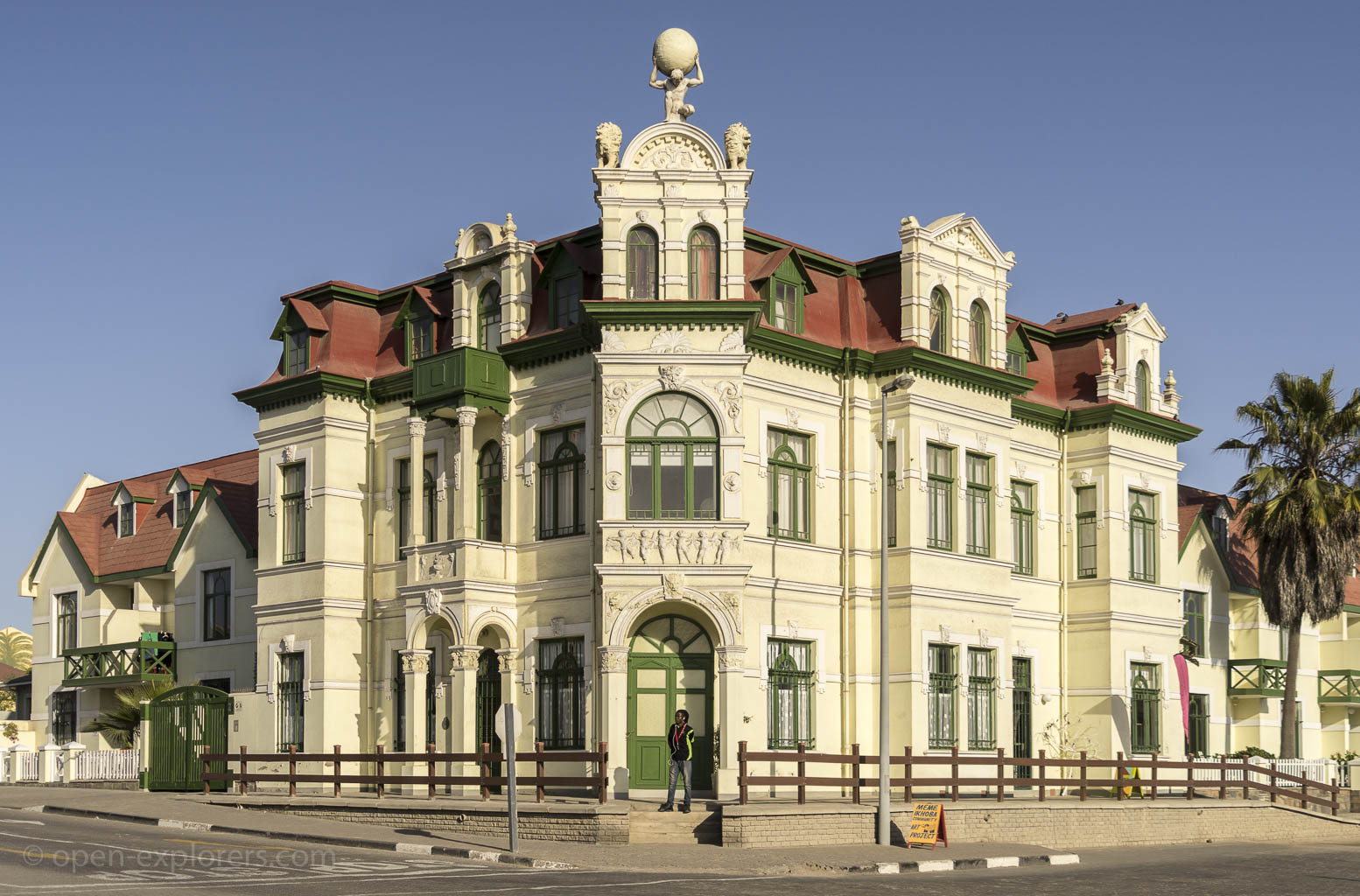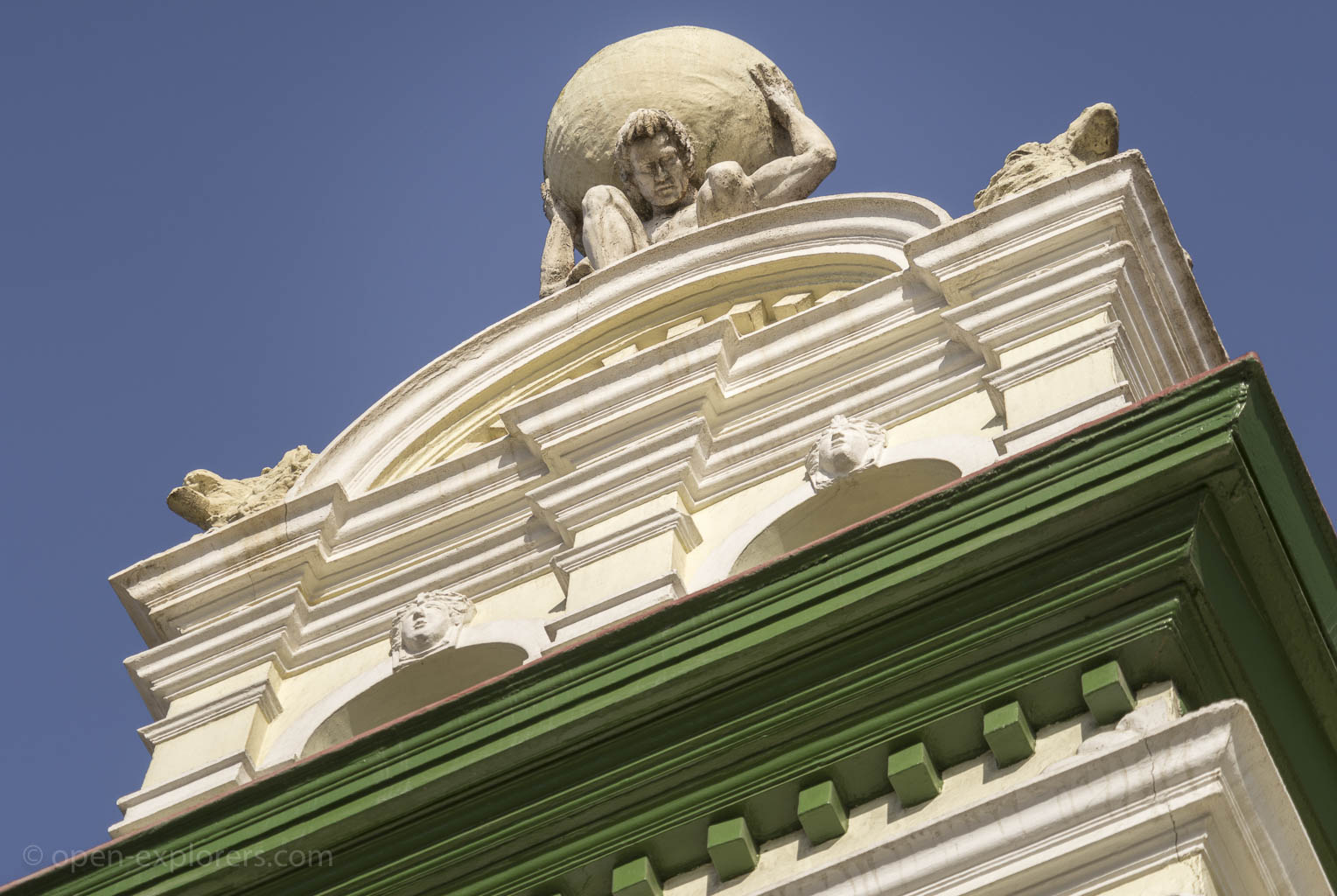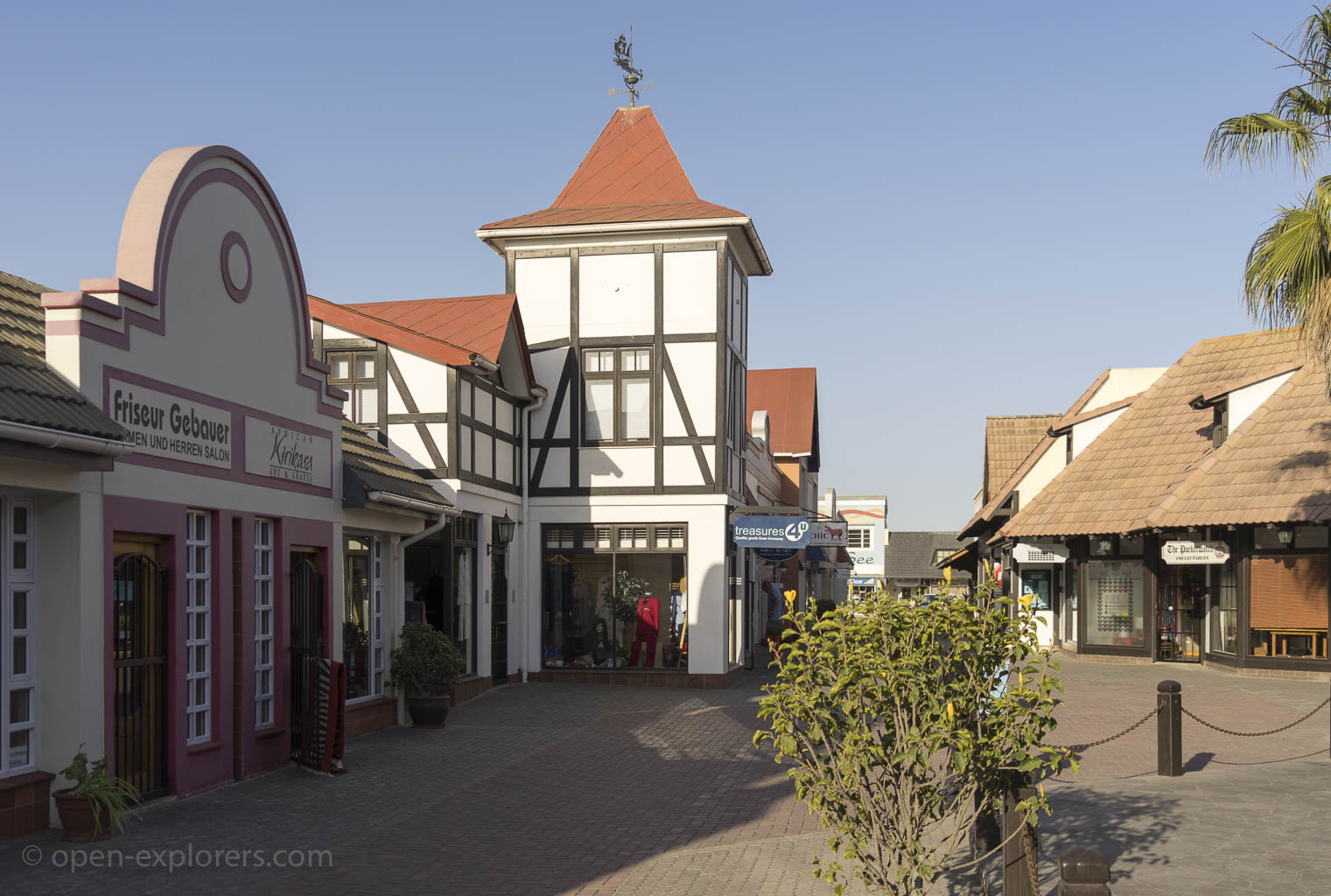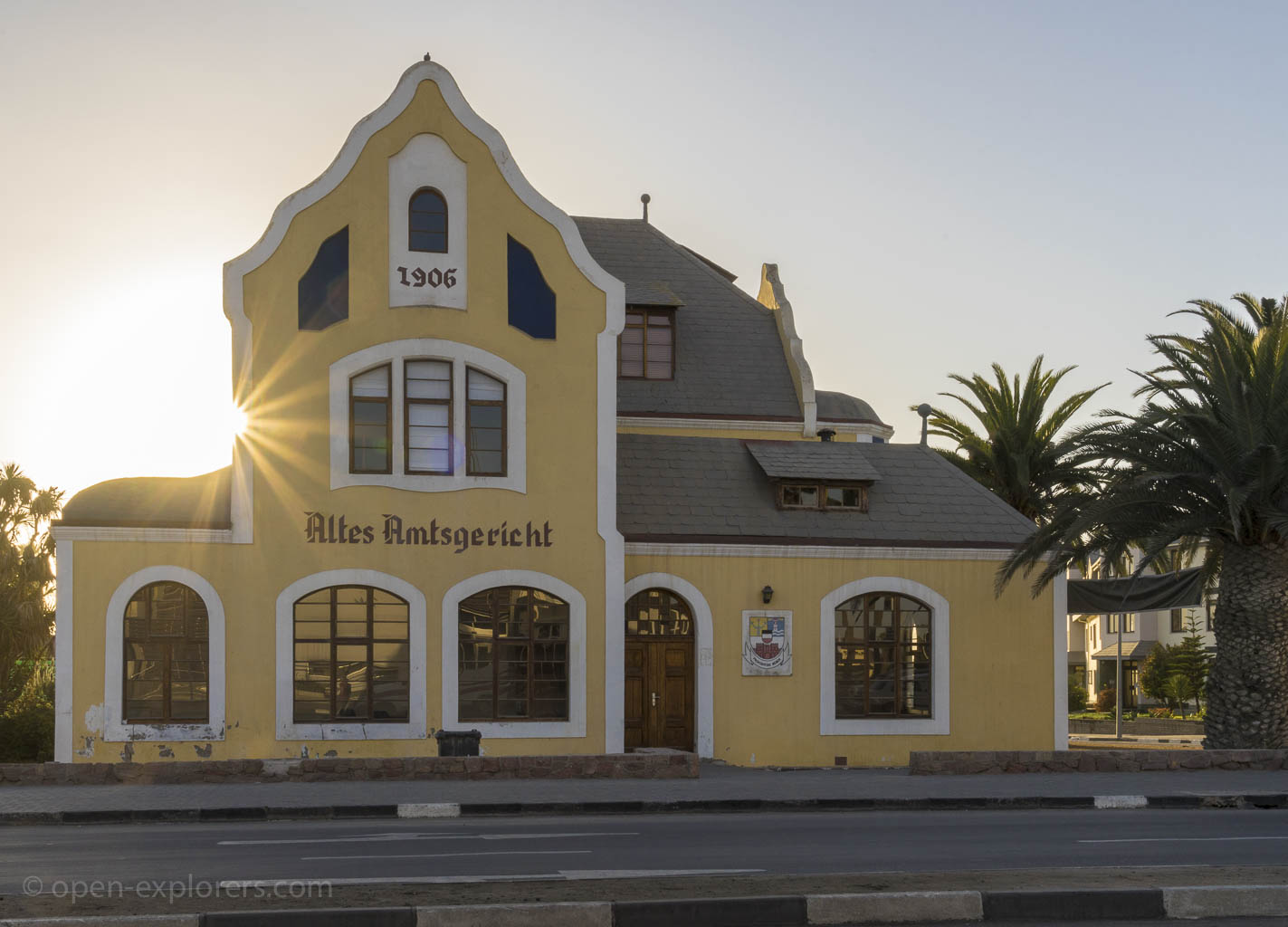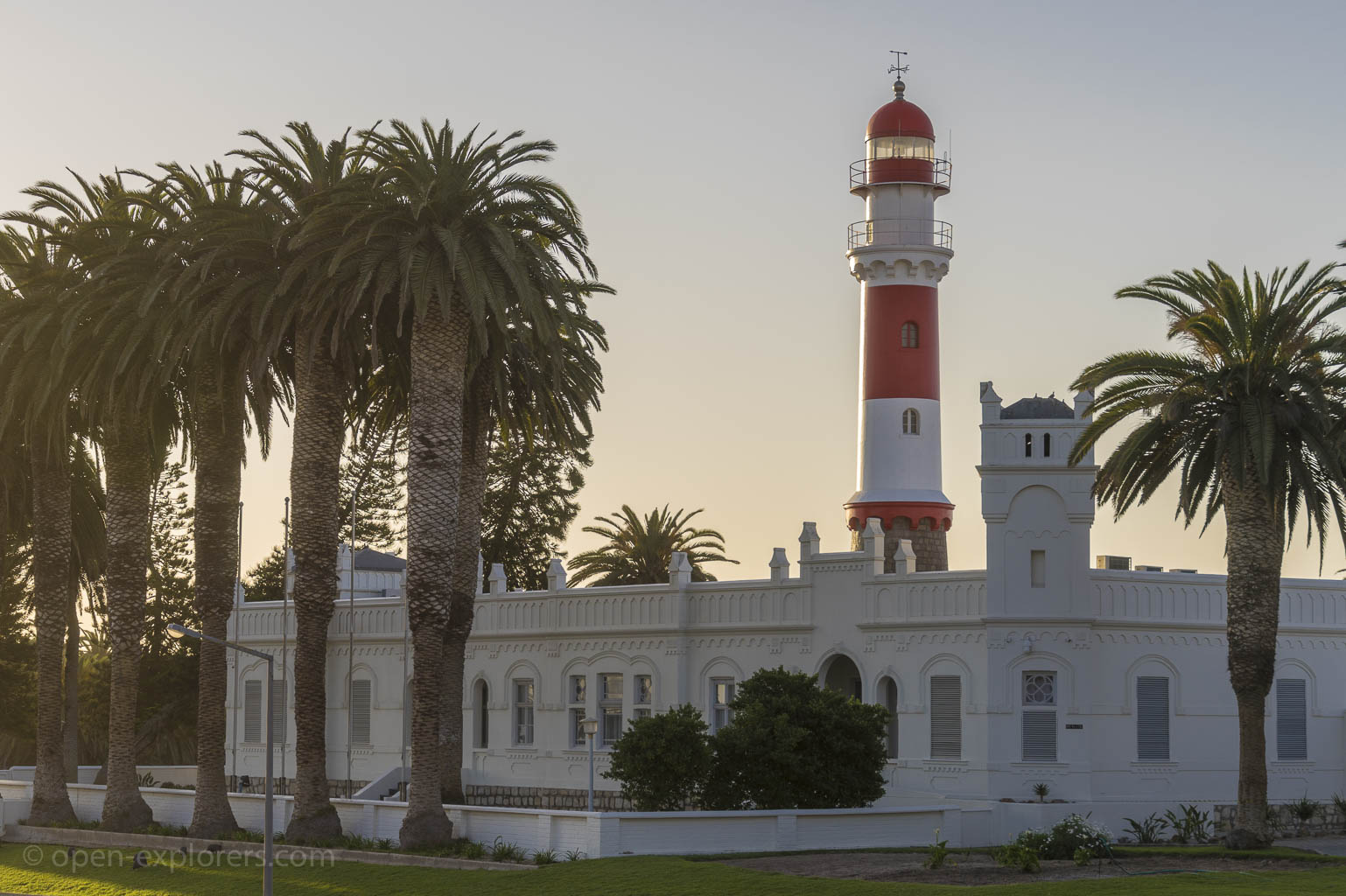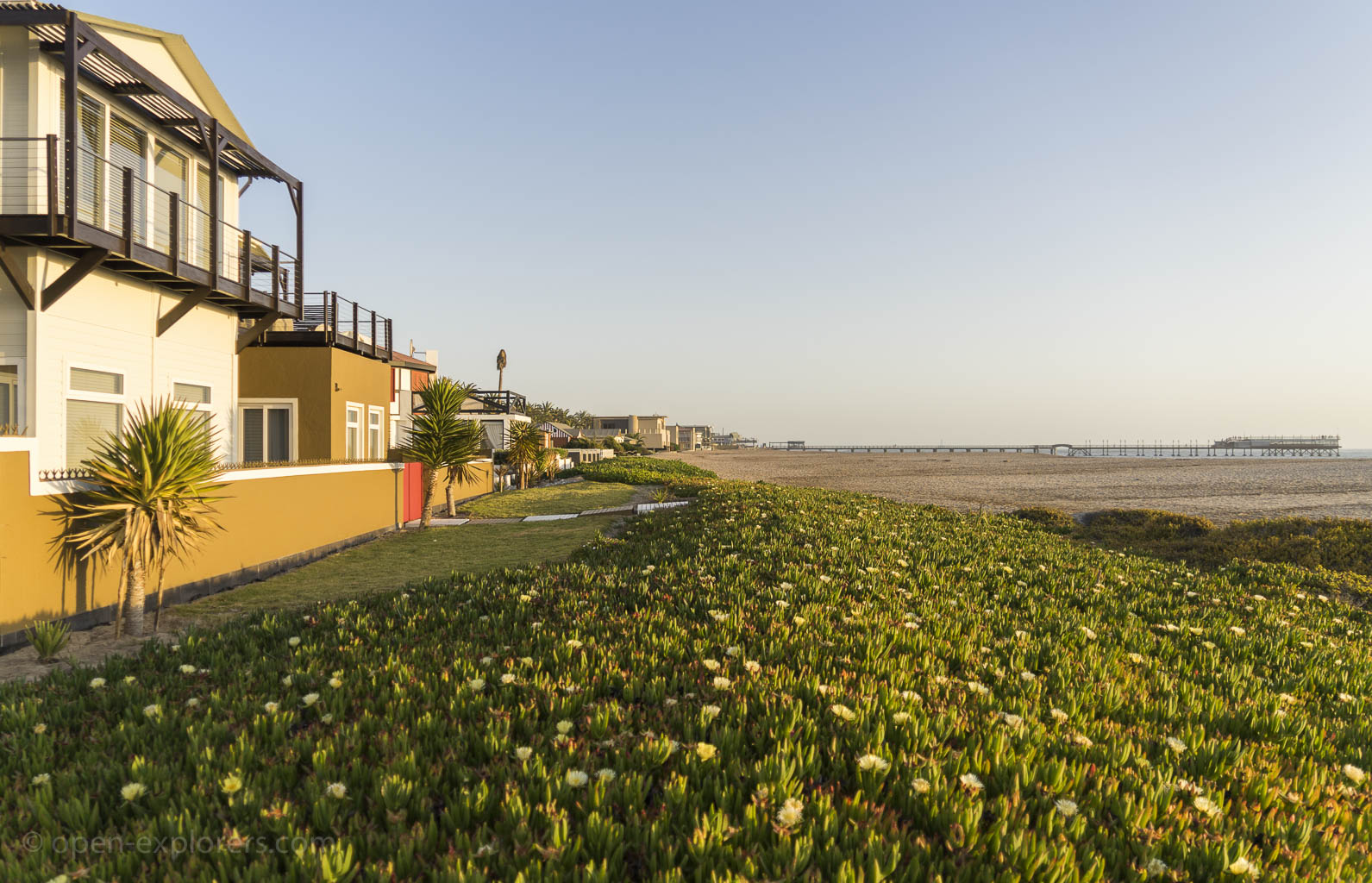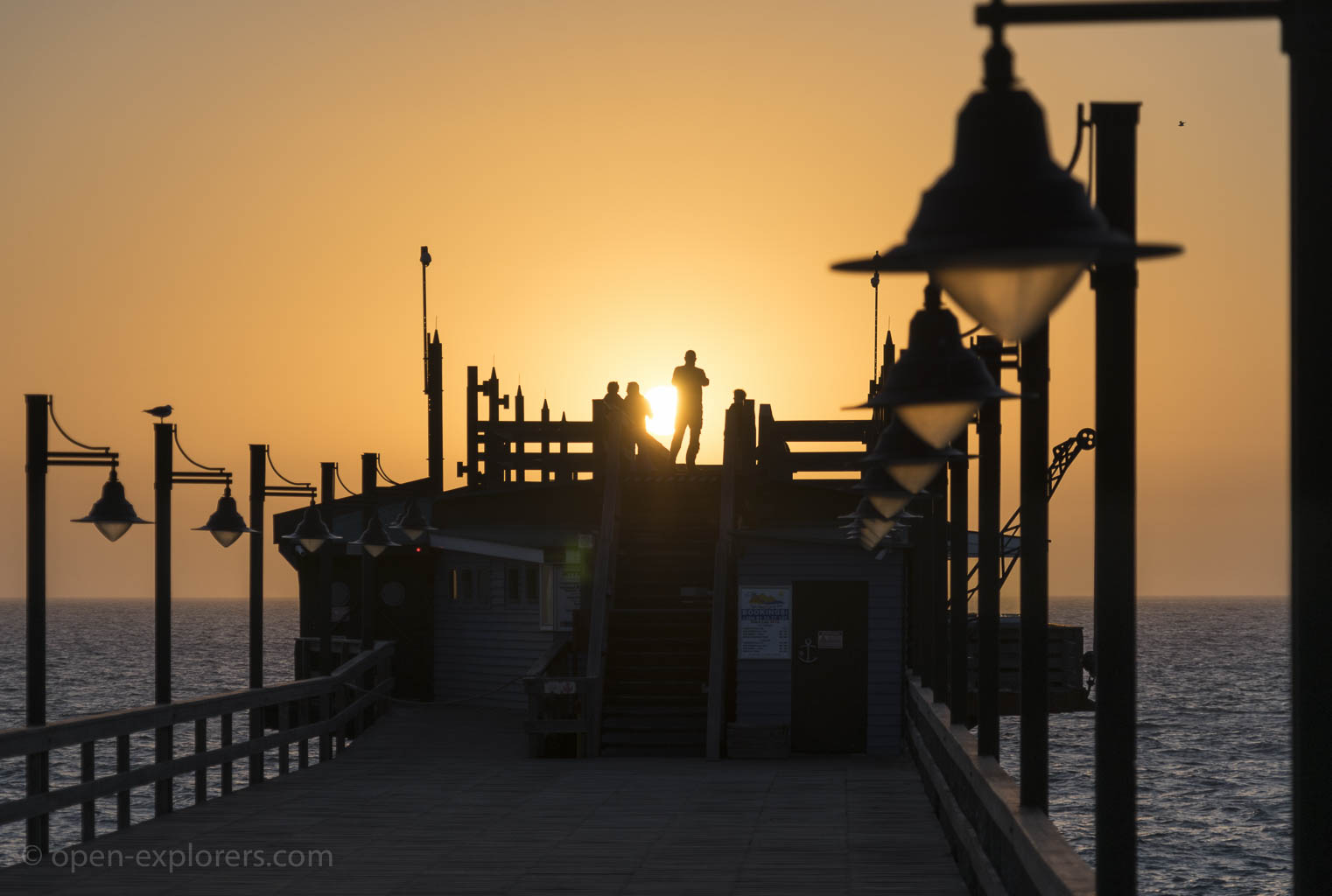Day 884-888 - „Little Germany“
Yay! We don’t even have a home, but we’re getting visitors! We got to know Marja and Richard for only one evening at their home in Berrydale, but we took them into our hearts right away. So we were really delighted to receive an e-mail a couple of weeks ago saying that they are planing to take a few days off and come see us in Namibia. Spending a a couple of days with us in the desert was just the right excuse to let the work be work for a while and get away. We tried to figure out where to meet and found Swakopmund to be the best place. There’s lot’s to see and do here and we didn’t have to spend much time travelling to places.
Swakopmund quite surprised us. We knew of course that it has been a German colony for some time (German South-West Africa 1884 – 1915), but we weren’t expecting such an extend of German influence still perceivable today. One does feel a little like being in a small German town. And the atlantic ocean also resembels somewhat the Baltic or the North Sea these days. Most of the streets and shops in town bear German names and the buildings are prime examples of German colonial architecture. And of course there’s also no lack of Bratwurst (sausage), Apfelstrudel (apple pie) and other delicacies we know from home.
Joey
Tag 883-888 - „Little Germany“
Juhu! Wir haben zwar nicht mal ein Zuhause, aber wir bekommen Besuch! Wir hatten Marja und Richard aus Berrydale nur einen Abend kennengelernt, aber sofort ins Herz geschlossen. Das war natürlich eine große Freude, als sie uns vor ein paar Wochen schrieben, dass sie sich ein paar Tage frei nehmen wollen um nach Namibia zu kommen. Mit uns ein paar Tage in der Wüste zu verbringen war genau die richtige Ausrede um die Arbeit einfach mal Arbeit sein zu lassen. Swakopmund schien uns sehr geeignet für ein Treffen zu sein, denn es gibt viel zu sehen und zu unternehmen ohne dass wir viel Zeit mit Fahren zubringen müssen.
Swakopmund hat uns doch recht überrascht. Dass Namibia mal deutsche Kolonie war (Deutsch-Südwestafrika, 1884 – 1915) wußten wir natürlich, aber das ganze Ausmaß des deutschen Einflusses war uns nicht bewußt gewesen. Man fühlt sich hier tatsächlich wie in einer deutschen Kleinstadt und der unruhige Atlantik sieht sogar auch ein bisschen aus wie die Ost- oder Nordsee. Im ganzen Ort tragen die Straßen und Geschäfte deutsche Namen und die Gebäude sind Paradeexemplare deutscher Kolonialarchitektur. Und an Bratwurst, Apfelstrudel und anderen heimischen Leckerein fehlt’s natürlich auch nicht.
Joey
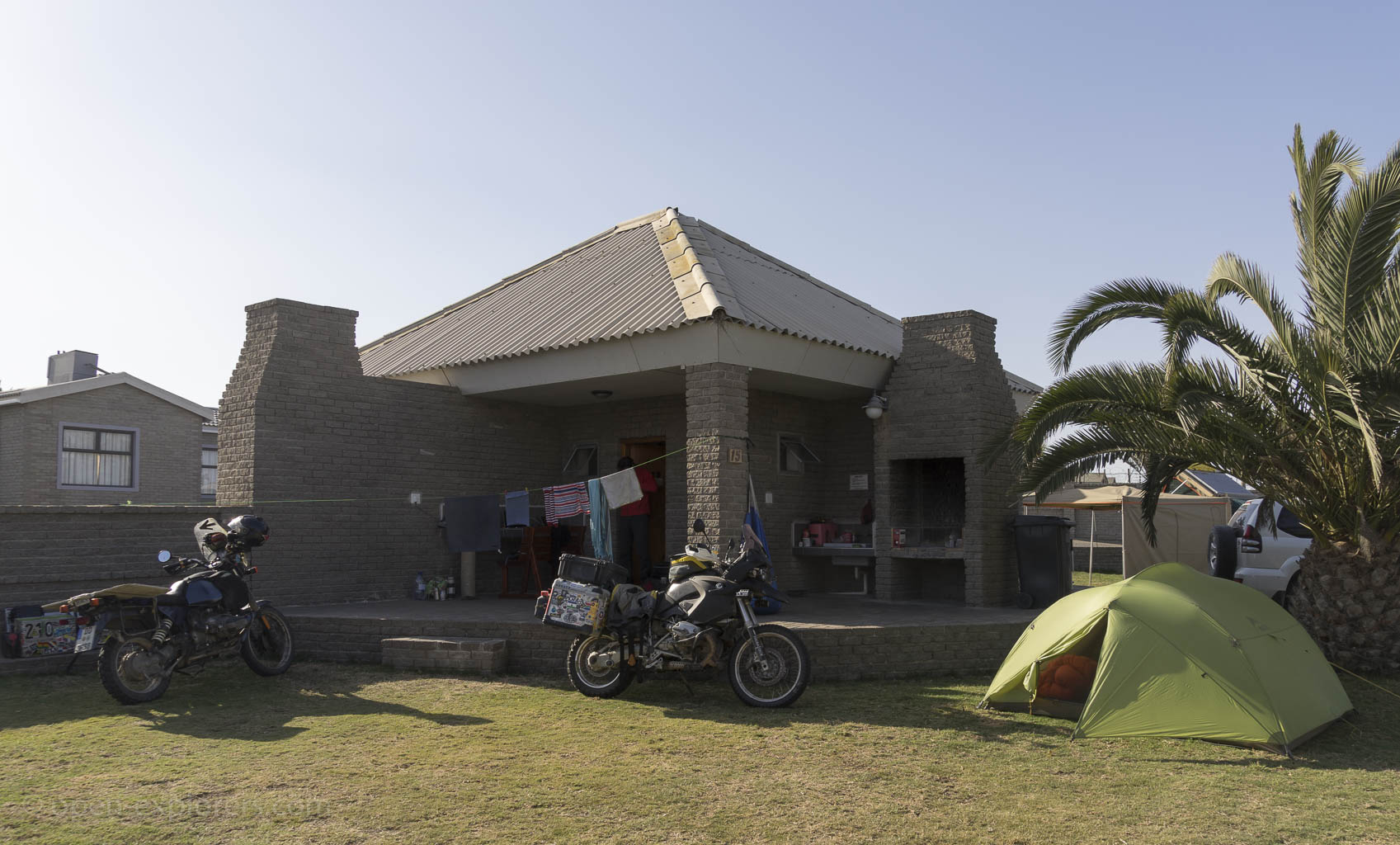
This is what I call luxury camping, where you rent a bathroom that has a terrace, BBQ and lawn. We usually don't go for luxury, but here we were able to camp and work as there was shade, a table, a bench, power and Wi-Fi. Though sometimes the wind got really strong and forced Daniel to work indoors.
Das nenn ich Luxuscamping. Hier mietet man ein Bad mit angeschlossener Terrasse, Grill und Wiese. Wir wählen ja normalerweise nicht die Luxusoption, aber hier konnten wir campen und arbeiten. Denn es gab Schatten, einen Tisch, eine Bank, Strom und sogar Wi-Fi. Manchmal wurde es allerdings zu stürmisch sodaß Daniel nach drinnen umziehen musste.
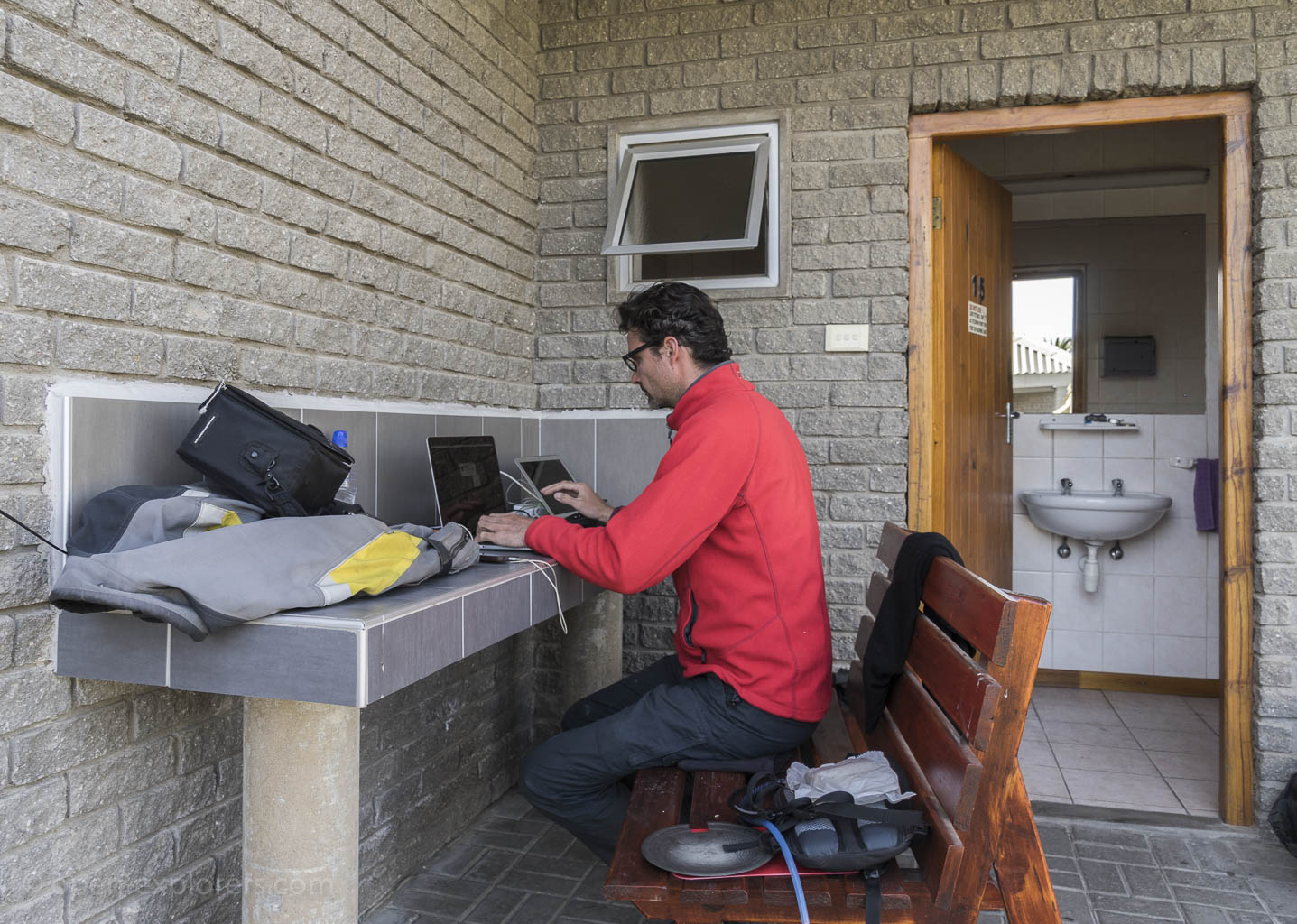
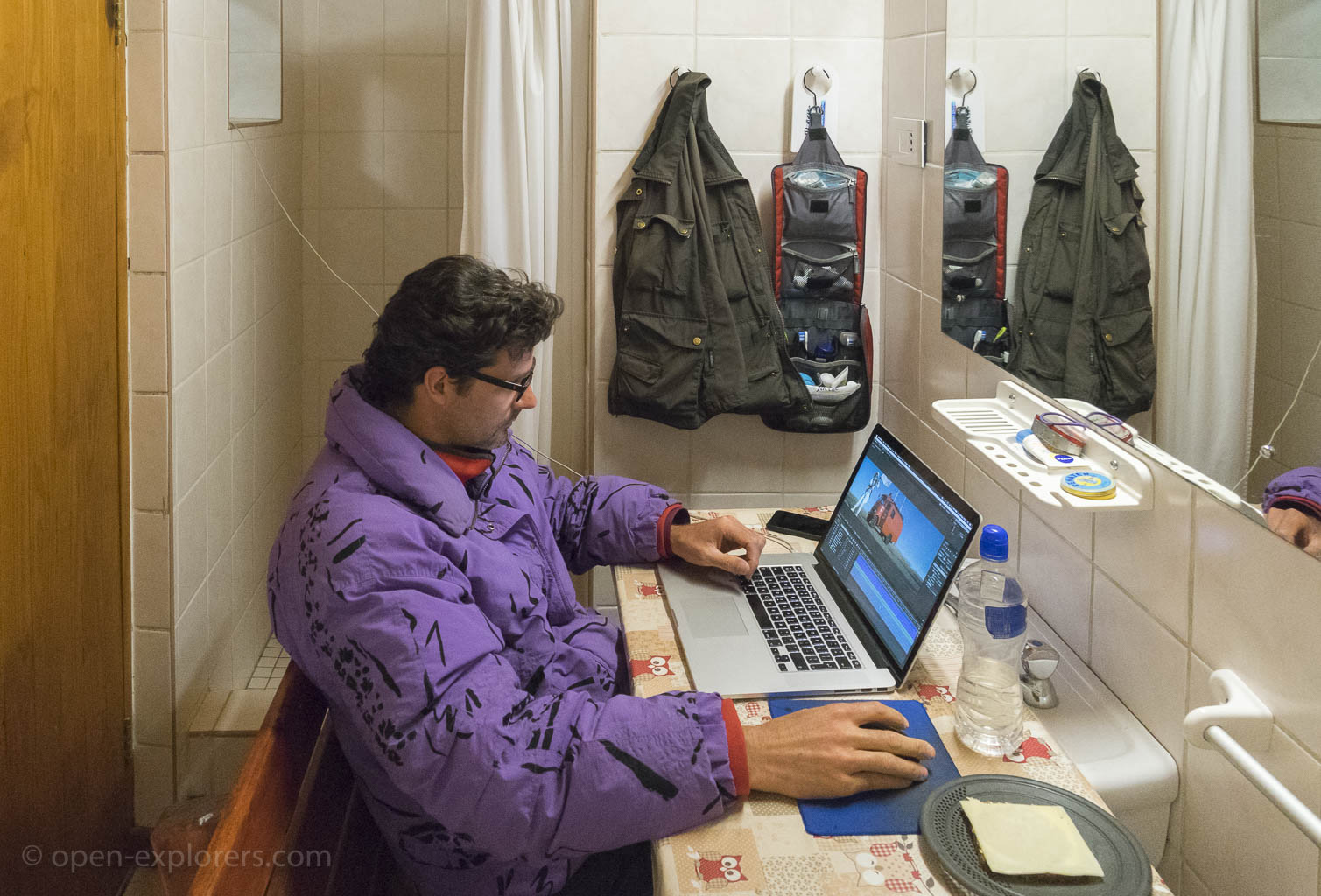
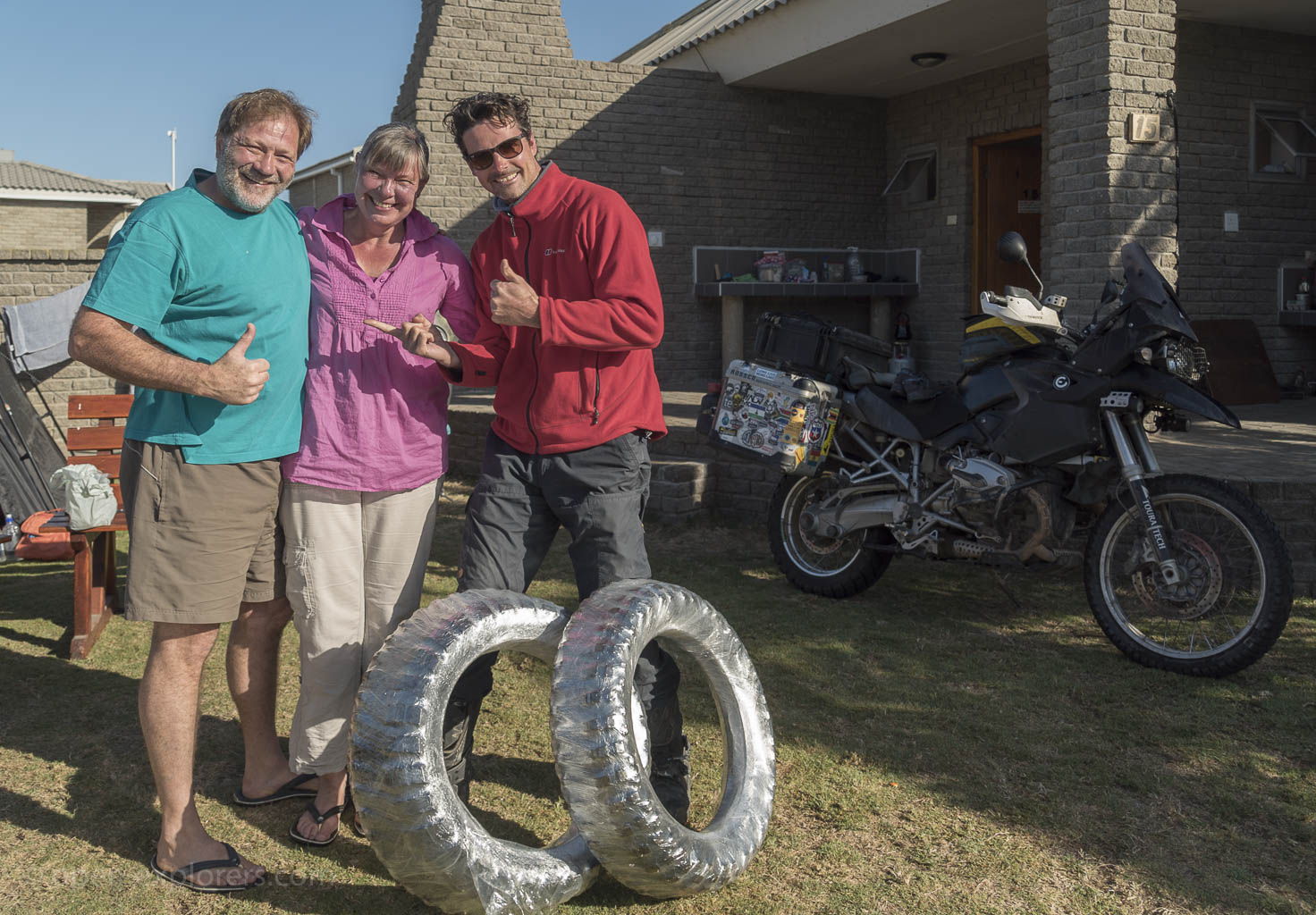
Marja and Richard brought us our tires! Remeber they were still sitting in Durban waiting for a lift north? Cobus, who kindly stored them for us in his garage in Durban send the tires for us to Cape Town where Marja and Richard picked them up on the way. Oh I just love how it always works out somehow. Thank you guys!
Marja und Richard haben unsere Reifen mitgebracht! Erinnert ihr euch, dass die noch in Durban auf eine Mitfahrgelegenheit warteten? Cobus, der sie netterweise bei sich in der Garage in Durban gelagert hatte hat die Reifen für uns nach Cape Town geschickt wo Marja und Richard sie dann unterwegs eingesammelt haben. Ach, es ist doch toll wie sich am Ende immer irgendwie ein Weg findet. Danke euch Dreien!
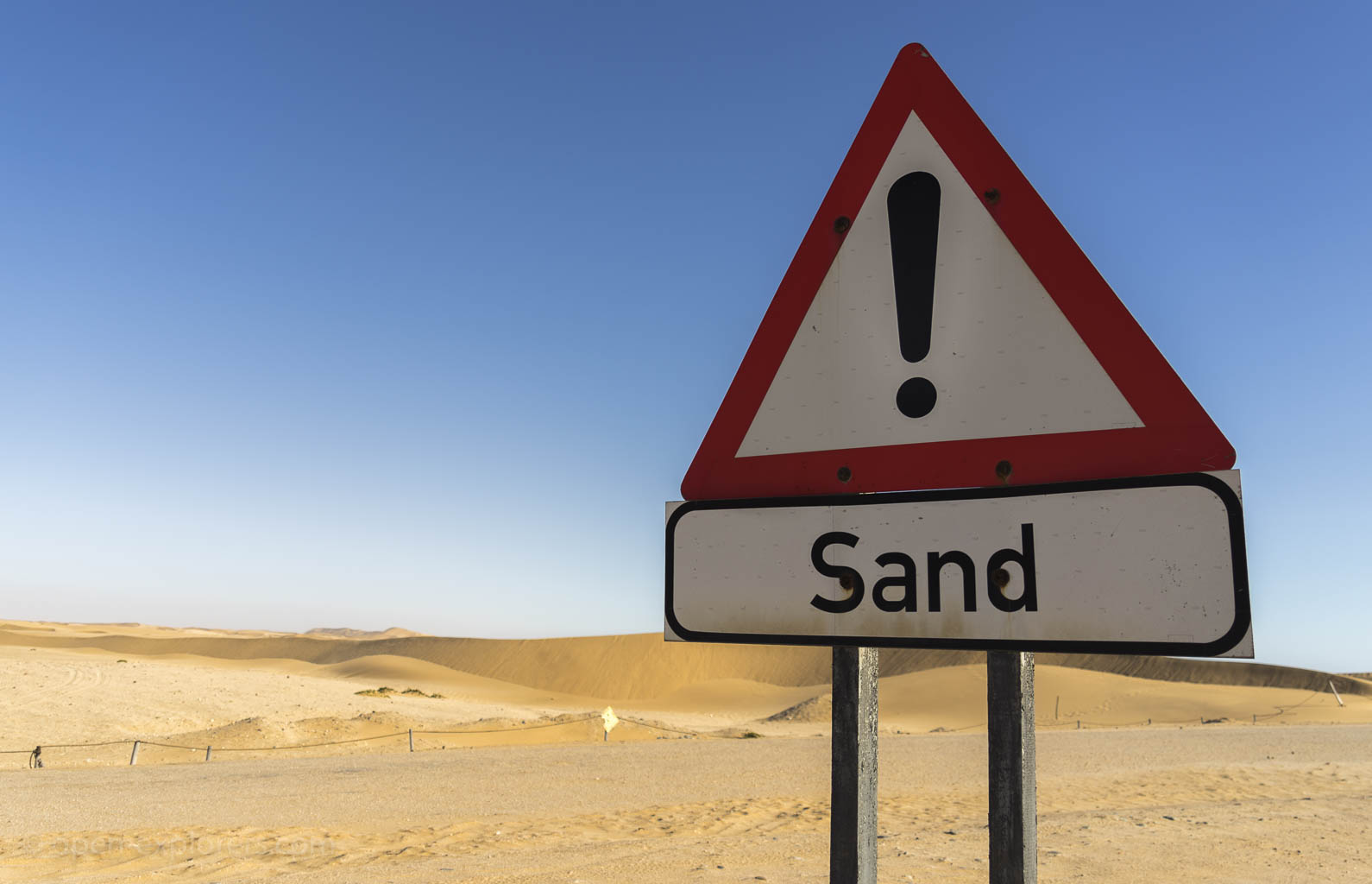
Right behind the campground the sand of the Namib desert starts piling up. A giant playground where we climbed up and ran down the dunes to our heart's content and enjoyed the unbelievable vastness that only a desert can provide.
Direkt hinter'm Campingplatz stapelte sich schon der Sand der Namibwüste. Ein riesiger Spielplatz wo wir nach Herzenslust die Dünen hochgeklettert und runtergerannt sind und die unglaubliche Weite die man nur in der Wüste findet, genossen haben.
